1. Rosemary
Rosemary is an herb with a delightful fragrance that is commonly used as a seasoning for steaks and other dishes. Native to the Mediterranean and European regions, this shrub thrives in warm and humid climates. Its leaves are a rich source of antioxidants and essential rosemary oil, offering a plethora of benefits.

Rosemary has a very pleasant aroma
Not only is rosemary a wonderful culinary herb, but it also makes for an attractive ornamental plant. It adapts well to various environments and can be grown outdoors or on balconies. However, it is important to note that rosemary does not tolerate waterlogging, so ensure the soil is well-drained and aerated, preferably a mixture of sandy soil and leaf mold.
When watering, check the moisture level of the soil beforehand, and water thoroughly when the top 3 cm of soil is dry. After watering, place the plant in a breezy spot, such as a windowsill or balcony, where it can receive ample sunlight and fresh air.
Fertilize with organic matter once or twice a month, using well-rotted compost, and apply it directly to the edge of the flower pot.
2. Mint
Mint is a delightful herb that not only adds a refreshing fragrance to your garden but also offers a plethora of culinary uses. It is important to note that mint is susceptible to waterlogging due to its vigorous root system, which can make it challenging to eradicate if it spreads. Therefore, it is advisable to plant mint in pots and place them outdoors or on balconies, where they will thrive with ample fresh air and sunlight.
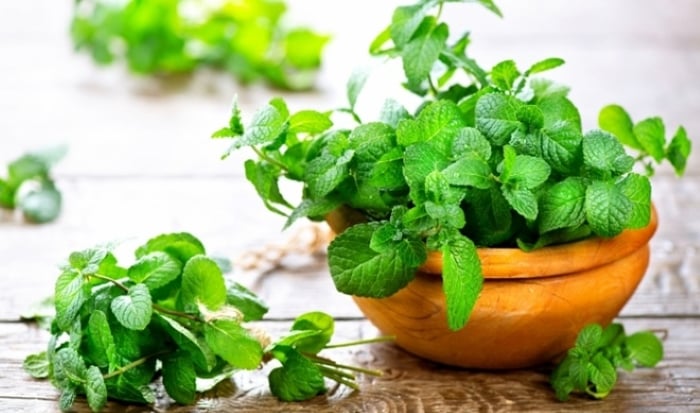
Mint makes for a beautiful potted plant
The lush green leaves of mint can be enjoyed year-round and used in a variety of ways, such as in salads, fruit drinks, or simply as a refreshing mouthwash. Its invigorating scent is often associated with chewing gum and candies, and it is also a common ingredient in throat lozenges.
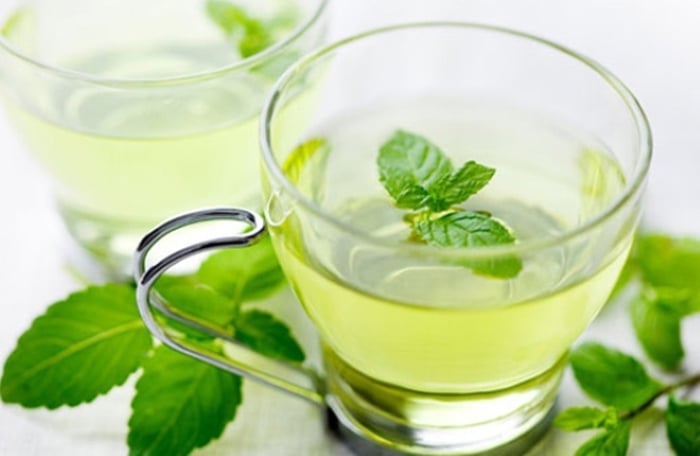
Mint is excellent for making refreshing drinks
Mint has a cooling effect and is known for its ability to dispel wind and clear heat. It can be used fresh or dried and is a versatile ingredient in both culinary and medicinal applications.
3. Aloe Vera
Aloe vera is a succulent plant with thick, fleshy leaves that are packed with moisture. Easy to care for, aloe vera thrives in sunny spots and requires minimal watering—once or twice a month is usually sufficient. To promote its growth, apply a balanced fertilizer monthly.
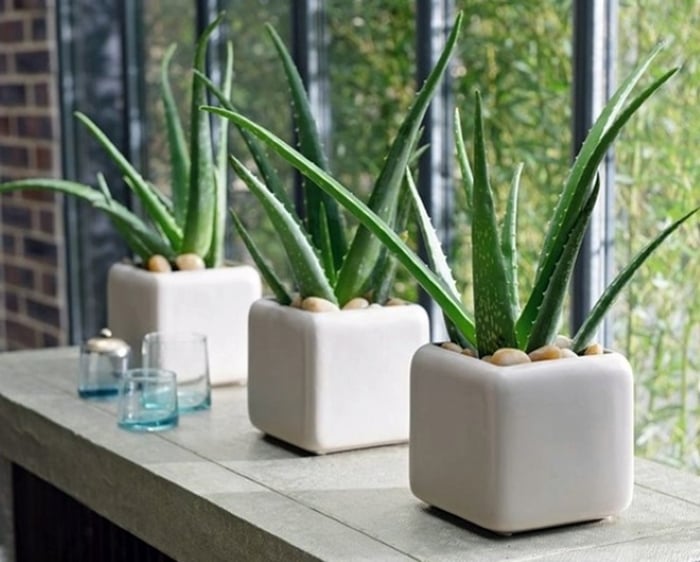
Aloe vera is easy to grow
Most varieties of aloe vera are excellent for air purification, reducing inflammation, and soothing itching. Additionally, some types, such as aloe vera, are edible and have a multitude of benefits for beauty, culinary, and health purposes, making them excellent houseplants.
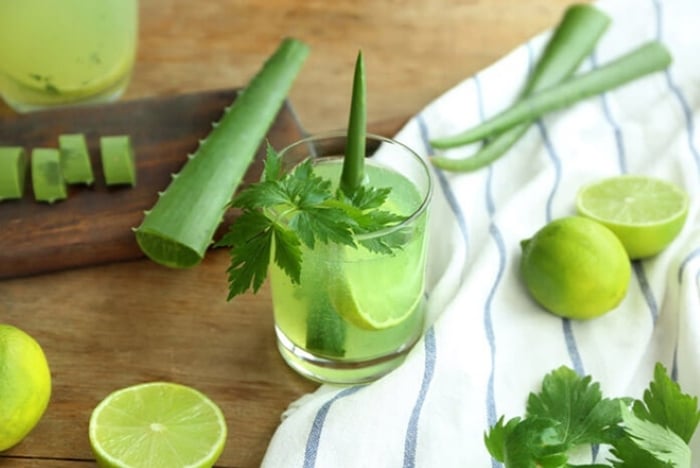
Aloe vera has numerous benefits for beauty, culinary, and health
4. Rose
Roses are beloved by many, and while there are numerous varieties, not all are suitable for consumption. However, certain types of roses can be used in cooking, such as in salads, soups, or even baked goods. They can also be dried and used to make fragrant tea.

Roses are known for their beauty
Rose tea is particularly beneficial for promoting blood circulation and removing blood stasis, and it can also help uplift your mood and emotions. To grow roses at home, place them in a well-ventilated area with ample sunlight, such as a balcony. Water thoroughly when the soil is half-dry, and fertilize regularly to ensure healthy growth.
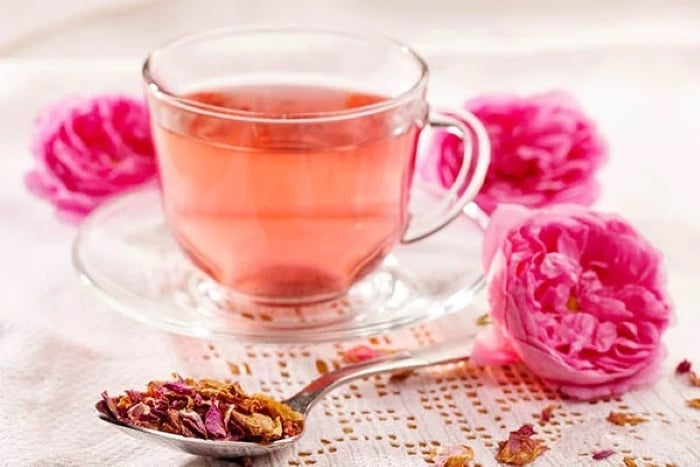
Roses have a myriad of benefits for health, beauty, and culinary uses
Roses are repeat bloomers, so with proper care and regular fertilization, you can enjoy their beauty for an extended period.
The Ageless Beauty Secret: Snack Your Way to Youthful Radiance Like Thanh Hang
“Hằng has crafted a delicate dessert with a dual purpose – nourishing the body and nurturing the skin. A master of her craft, she has carefully selected two key ingredients that harmoniously work together to create a delicious treat with an added beauty boost. This dessert is a testament to her skill and creativity, offering a unique and indulgent experience.”
The Ultimate Guide to Anti-Aging: 5 Miracle Masks for a Youthful, Acne-Free Complexion
Creating your own face masks at home is a great way to nourish your skin and reduce the appearance of wrinkles. With a few simple, natural ingredients, you can create a spa-like experience and achieve a radiant, youthful complexion. Homemade face masks are a cost-effective and fun way to practice self-care and give your skin some extra TLC.






































